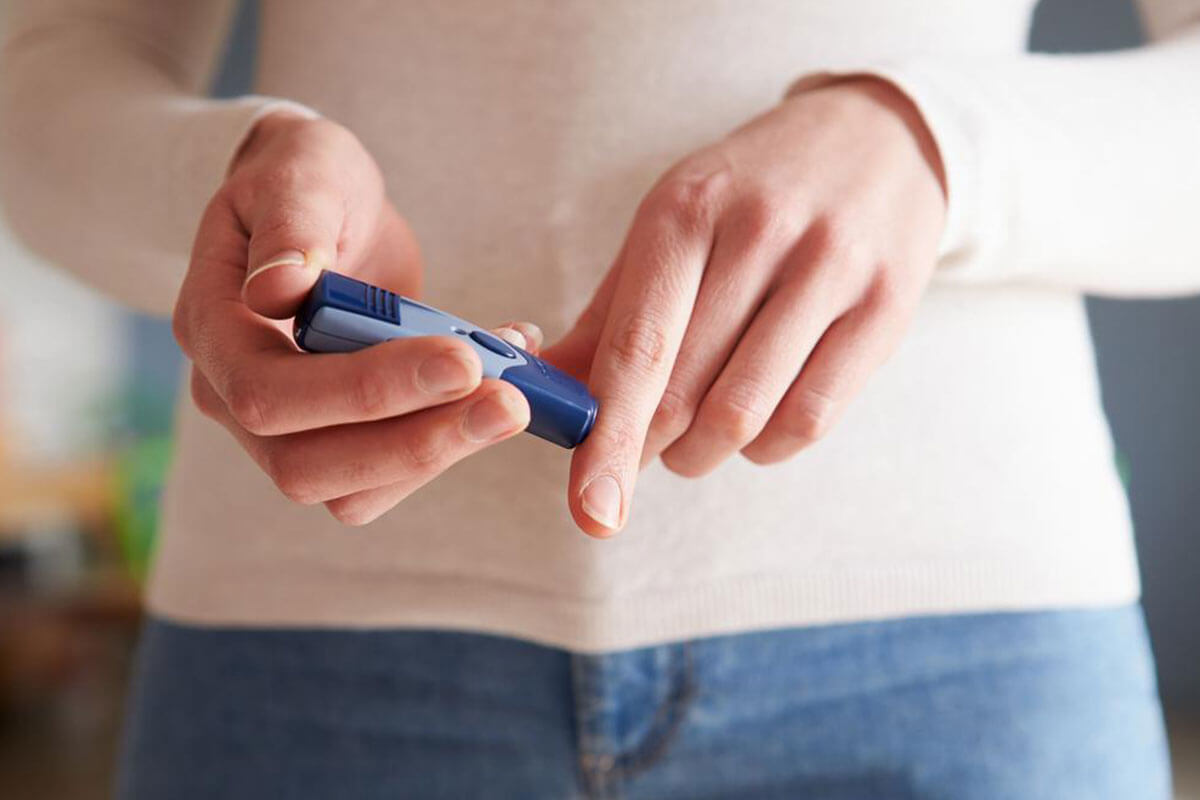Prickless Glucose Monitors – Types, Benefits, and Limitations
Prickless glucose monitors, also known as prickless diabetes meters, offer a convenient and painless way to measure blood sugar levels. These innovative devices have gained popularity for their non-invasive approach, making them ideal for individuals with diabetes who want to avoid painful finger pricks. It is important to learn about the top prickless glucose monitors, their features, benefits, and limitations to understand how they can help manage the condition better.

Prickless Blood Glucose Monitor
For individuals with diabetes, frequent blood glucose monitoring is essential for managing their condition effectively. Traditional glucose meters require a finger prick to obtain blood samples, which can be inconvenient and uncomfortable. However, technological advancements have led to the development of prickless diabetes meters, also known as non-invasive glucose monitoring devices.
Electrical methods for non-invasive glucose monitoring
Electrical methods offer a promising approach for measuring blood glucose levels without the need for finger pricks. These utilize electrical signals or impedance changes to estimate glucose concentrations. Some of the methods used for electrical glucose monitoring are:
Impedance Plethysmography
Microwave-Based Sensing
Bioimpedance Spectroscopy (BIS)
Optical glucose monitoring devices
Optical glucose monitoring devices have emerged as a promising technology for non-invasive and continuous tracking of blood sugar levels. These devices utilize various optical sensing techniques to measure glucose concentration without the need for finger pricks.
These devices use optical sensors to measure glucose levels by analyzing reflected light on the skin.
Some devices can be worn as wristbands or smartwatches, making glucose monitoring convenient.
Continuous glucose monitoring (CGM) systems
Continuous glucose monitoring (CGM) systems have transformed diabetes management by providing real-time data on blood sugar levels. These innovative devices offer a convenient and comprehensive solution for individuals with diabetes, allowing them to monitor their glucose levels throughout the day.
CGM systems consist of a tiny sensor inserted under the skin, measuring glucose levels in interstitial fluid.
One can get real-time glucose readings, trend analysis, customizable alerts, and data accessibility on compatible receivers or smartphone apps.
Sweat-based glucose monitoring
Sweat-based glucose monitoring is a promising non-invasive approach for measuring blood glucose levels. By analyzing sweat composition, glucose levels can be estimated without blood samples.
Breath analysis for glucose monitoring
Breath analysis has gained attention as a non-invasive and convenient method for glucose monitoring. By detecting volatile organic compounds (VOCs) in exhaled air, blood sugar levels can be estimated without needing blood samples. Breath Acetone Measurement, Breath Isoprene Analysis, Breath Biomarkers and Sensor Arrays, and Breathalyzer Devices are some methods used to monitor glucose in a person through their respiration pattern.
Emerging technologies
As the demand for non-invasive and constant glucose monitoring continues to grow, researchers are exploring innovative technologies to enhance optical glucose monitoring devices. This aims to improve accuracy, reliability, and user experience. These advancements hold the key to more convenient and accessible glucose monitoring for individuals managing diabetes.
Some of these technologies are:
Surface-Enhanced Raman Spectroscopy (SERS)
Nanomaterial-Based Sensors
Plasmonic Sensing
Optical Fiber Sensors
Smartphone-Based Optical Devices
Wearable Optical Devices
Artificial Intelligence (AI) Integration
Combination Technologies
Benefits of prickless diabetes meters
Non-invasive
Prickless diabetes meters offer a non-invasive approach to glucose monitoring, eliminating the need for frequent finger pricks for blood draws. This can significantly reduce discomfort and pain associated with traditional methods.
Convenience
Prickless diabetes meters provide a convenient way to monitor glucose levels. Users can perform tests efficiently without needing lancets, test strips, or other supplies.
Continuous monitoring
Some prickless diabetes meters offer continuous glucose monitoring (CGM) capabilities, allowing users to monitor their sugar levels in real-time throughout the day. This provides valuable insights into glucose trends, enabling better management of diabetes.
Reduced infection risk
Since prickless diabetes meters do not require blood samples, the risk of infection associated with finger pricks is significantly reduced. This is particularly important for individuals with a higher infection risk or those with poor wound healing.
Improved quality of life
Prickless blood glucose monitors can improve the overall quality of life for individuals with diabetes by reducing pain, offering greater convenience, and enabling better glucose management.
Limitations of prickless diabetes meters
Accuracy
Prickless diabetes meters may have varying degrees of accuracy compared to traditional ones. Factors such as device calibration, individual variations, and technological limitations can affect the precision of glucose measurements.
Cost
Prickless blood glucose monitors, especially those with continuous monitoring capabilities, can be more expensive than traditional ones. The initial cost of acquiring the device and the ongoing price for sensors or supplies may pose financial challenges for some individuals.
Calibration and setup
Prickless diabetes meters may require initial calibration and setup procedures to ensure accurate readings. Users must follow the manufacturer’s instructions carefully and be aware of any specific configuration and device maintenance requirements.
Interference and limitations
Prickless diabetes meters can be affected by various factors such as environmental and skin conditions, sweat, and other substances present on the skin. These can potentially interfere with accurate readings or cause limitations in the device’s performance.
Conclusion
Prickless glucose meters offer a range of benefits for individuals with diabetes. They provide a non-invasive and convenient way to monitor glucose levels. Continuous monitoring capabilities enable real-time insights and better diabetes management. As technology advances, promising research and emerging techniques may further enhance optical and non-invasive glucose monitoring in the future.




